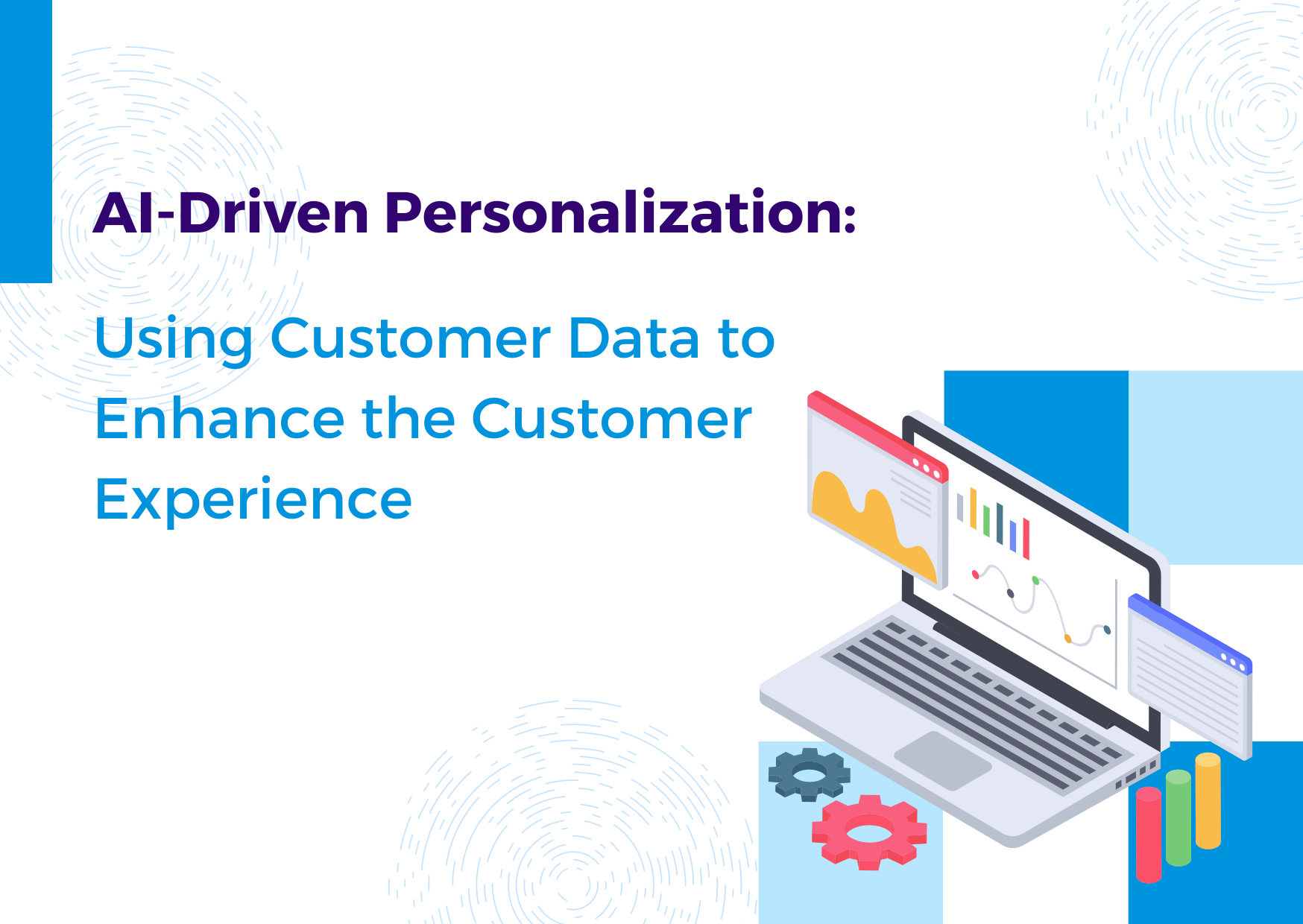XR's New Frontier: AI-Driven Platforms And The Competitive Fight For Market Share

Table of Contents
The Rise of AI in XR Development
The integration of AI is no longer a futuristic concept in XR development; it's a crucial catalyst for innovation. AI is dramatically accelerating the creation of richer, more immersive, and engaging XR experiences.
Accelerated Content Creation
AI tools are streamlining the XR development pipeline, significantly reducing costs and time-to-market. This acceleration is achieved through several key advancements:
- AI-powered 3D modeling: Algorithms generate realistic 3D models from 2D images or textual descriptions, drastically reducing manual modeling time.
- Automated animation: AI can create realistic and expressive animations for virtual characters, freeing up developers to focus on other aspects of the experience.
- Procedural generation of environments: AI algorithms can generate vast and diverse virtual environments, eliminating the need for painstaking manual creation.
- AI-driven scripting: AI assists in creating complex and dynamic interactions within XR applications, allowing for more sophisticated and responsive experiences.
For example, tools like NVIDIA's Omniverse utilize AI for realistic physics simulation and content creation, significantly speeding up the development process for complex XR environments.
Enhanced User Experiences
AI is not just about faster development; it’s about creating significantly better user experiences. AI enables personalization and interactivity never before possible in XR:
- AI-powered avatars with realistic behavior: AI allows for the creation of virtual characters that exhibit lifelike behaviors, emotions, and reactions, leading to more engaging interactions.
- Adaptive difficulty levels: AI dynamically adjusts the difficulty of XR games and training simulations based on the user's performance, ensuring an optimal learning or playing experience.
- Personalized content recommendations: AI algorithms can analyze user preferences and behavior to deliver tailored content, making XR experiences more relevant and engaging.
- Natural language processing for voice control: AI enables intuitive voice control within XR applications, providing a more natural and user-friendly interface.
Imagine an XR fitness application that adapts its workout routines in real-time based on your heart rate and performance, providing a personalized fitness journey – this is the power of AI in action.
Key Players and Market Segmentation
The race to dominate the AI-driven XR market is fierce, with a diverse range of players vying for a piece of the pie.
Major Tech Giants
Large corporations like Meta, Microsoft, and Google are heavily invested in the future of AI-powered XR.
- Meta (formerly Facebook): Their investments in VR and AR technologies, coupled with their significant AI research capabilities, position them as a major player in the field. They are actively developing AI-powered features for their Oculus VR platform.
- Microsoft: Microsoft's HoloLens and its Azure cloud platform provide a strong foundation for AI-powered XR applications. They are exploring AI's role in various sectors, from industrial training to healthcare.
- Google: Google’s advancements in AI, particularly in computer vision and natural language processing, are being integrated into their AR initiatives.
These tech giants are leveraging their existing platforms and vast resources to create comprehensive AI-driven XR ecosystems.
Emerging Startups
Numerous startups are pushing the boundaries of AI in XR, offering innovative solutions and disruptive technologies.
- These companies often focus on niche markets or specific applications of AI within XR, such as AI-powered animation tools, personalized learning platforms, or advanced VR training simulators.
- Their agility and specialized focus allow them to quickly adapt to market needs and innovate at a rapid pace.
A prime example is a company like [insert example of a promising startup - replace bracketed information with a real example], which is revolutionizing [mention their area of focus in AI/XR].
Market Segmentation and Growth Projections
The XR market is highly segmented, with significant growth potential across various sectors:
- Gaming: AI is enhancing gaming experiences with realistic characters, dynamic environments, and adaptive difficulty levels, driving substantial growth in this segment.
- Healthcare: AI-powered XR applications are revolutionizing medical training, surgical planning, and patient rehabilitation.
- Education: Immersive XR learning experiences powered by AI are personalizing education and improving knowledge retention.
- Manufacturing and Industry: AI in XR is being used to optimize processes, train workers, and improve safety protocols.
Market research forecasts significant growth in the coming years, with [cite relevant statistics and market research data - replace bracketed information with real data].
The Competitive Landscape and Challenges
While the potential of AI-driven XR is enormous, significant challenges remain.
Data Privacy and Security
The collection and use of user data in AI-powered XR applications raise crucial privacy and security concerns.
- Robust data encryption and secure data storage solutions are essential.
- Compliance with data privacy regulations like GDPR and CCPA is paramount.
- Transparency about data collection practices is vital for building user trust.
Technological Limitations
Current AI technologies have limitations that impact XR applications:
- Computational power requirements: Processing the vast amount of data needed for realistic AI-driven XR experiences requires significant computing power.
- Real-time processing challenges: Achieving truly real-time AI interactions within XR applications presents a significant technological hurdle.
- Ethical concerns regarding AI bias: AI algorithms can inherit and perpetuate biases present in their training data, leading to potentially unfair or discriminatory outcomes in XR applications.
Talent Acquisition and Skills Gap
The rapid growth of the AI-driven XR market has created a significant skills gap.
- There is a high demand for professionals with expertise in both AI and XR development.
- Educational institutions and industry initiatives are working to address this shortage through specialized training programs.
Conclusion
AI is fundamentally reshaping the competitive landscape of XR, creating a new frontier of immersive and personalized experiences. We've seen how AI accelerates content creation, enhances user experiences, and drives innovation across various sectors. However, significant challenges related to data privacy, technological limitations, and talent acquisition need to be addressed. The future of XR hinges on overcoming these obstacles and harnessing the full potential of AI. Stay ahead of the curve in this exciting field by exploring the latest developments in XR's new frontier: AI-driven platforms.

Featured Posts
-
 2024 Protest Features Performance Of Hit The Road Drax
May 13, 2025
2024 Protest Features Performance Of Hit The Road Drax
May 13, 2025 -
 Elsbeth Season 2 A Crucial Year End Deadline For The Judge Crawford Plotline
May 13, 2025
Elsbeth Season 2 A Crucial Year End Deadline For The Judge Crawford Plotline
May 13, 2025 -
 The Kyle Tucker Report And Its Impact On Cubs Fans
May 13, 2025
The Kyle Tucker Report And Its Impact On Cubs Fans
May 13, 2025 -
 Airdrie And Coatbridge 41 Club Continues Gibraltar Partnership
May 13, 2025
Airdrie And Coatbridge 41 Club Continues Gibraltar Partnership
May 13, 2025 -
 Corruption Scandal Threatens Colombias New Pension Law
May 13, 2025
Corruption Scandal Threatens Colombias New Pension Law
May 13, 2025
